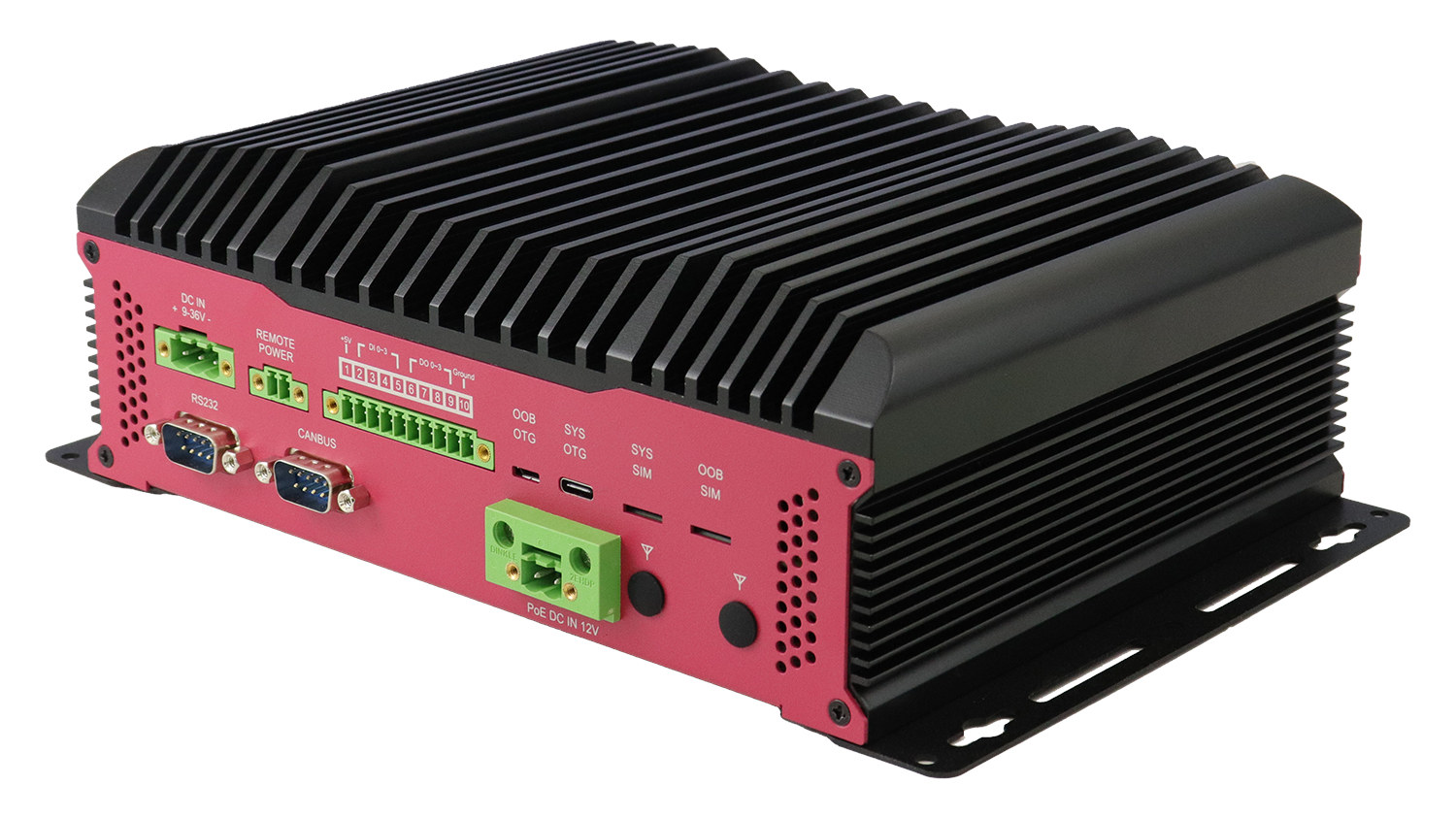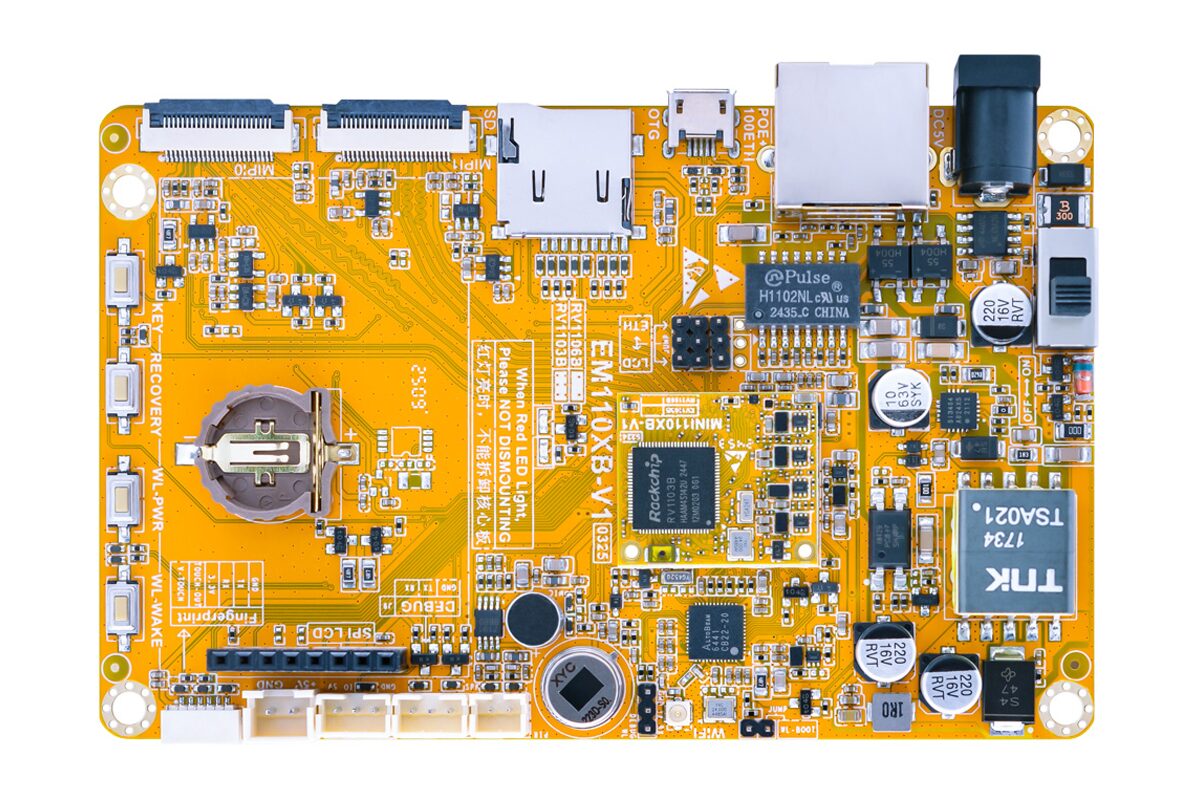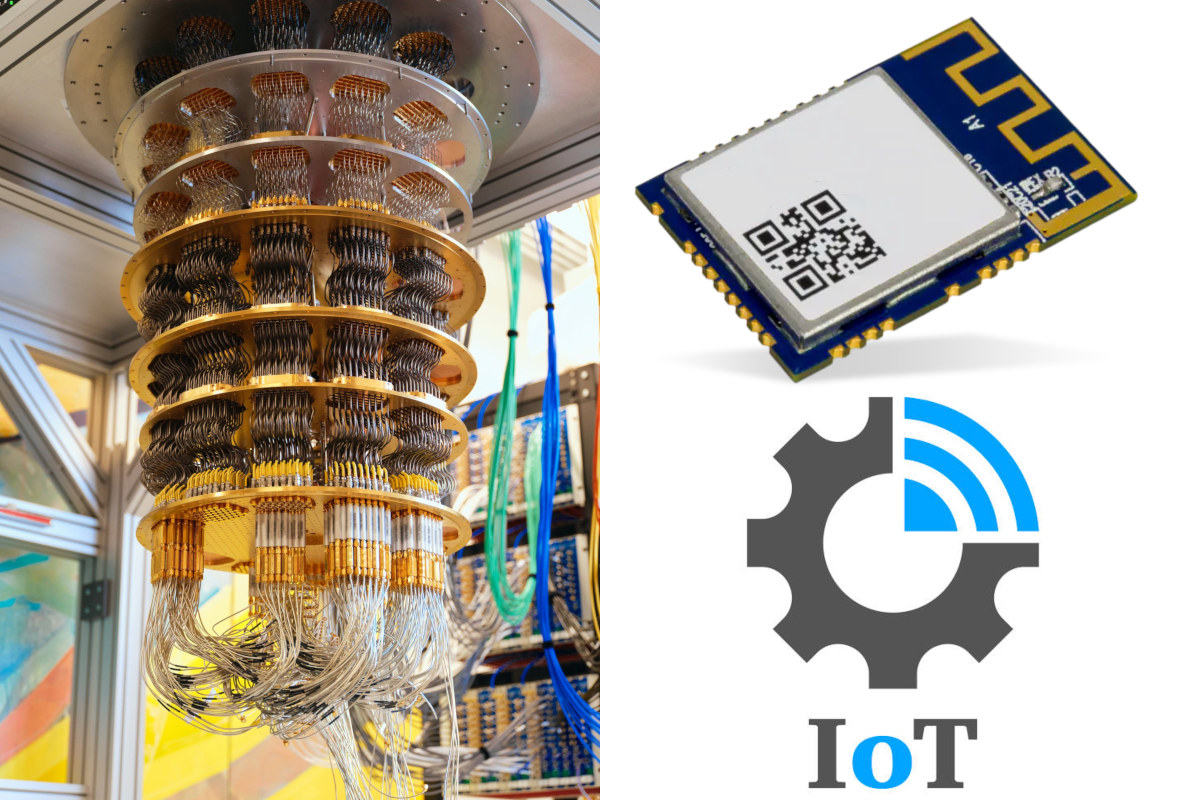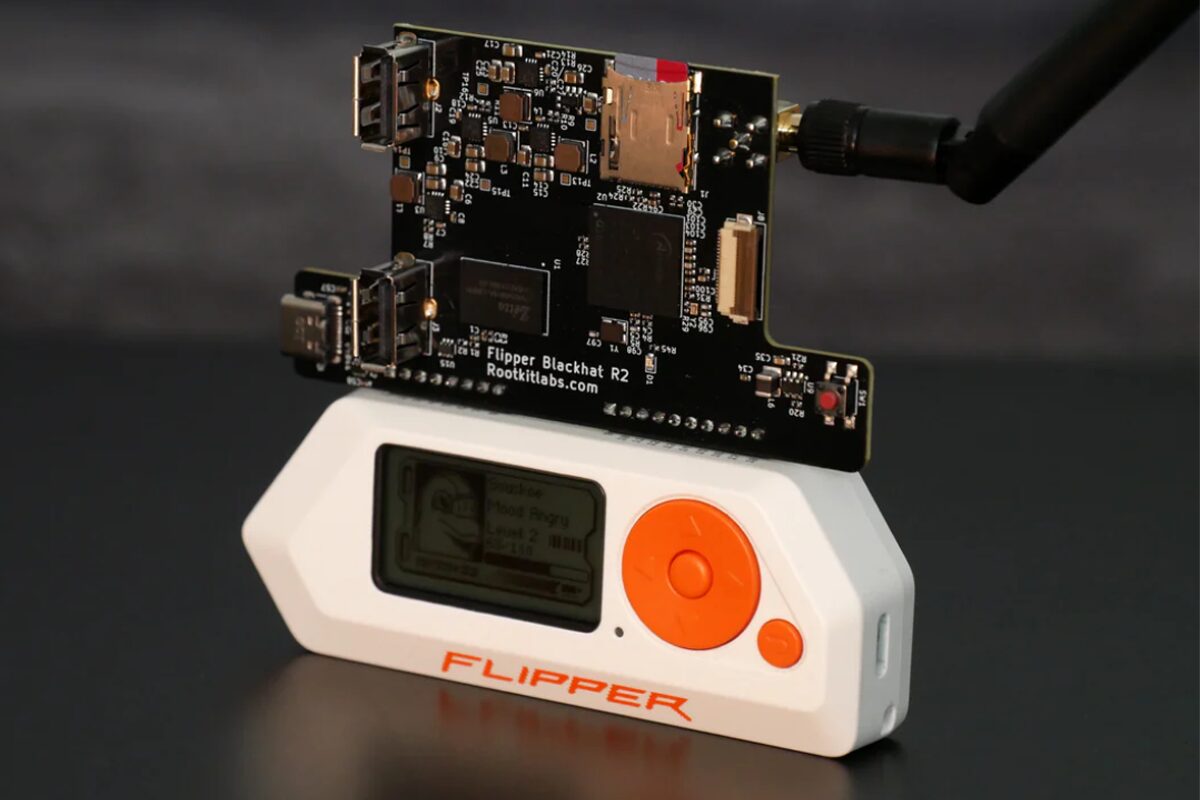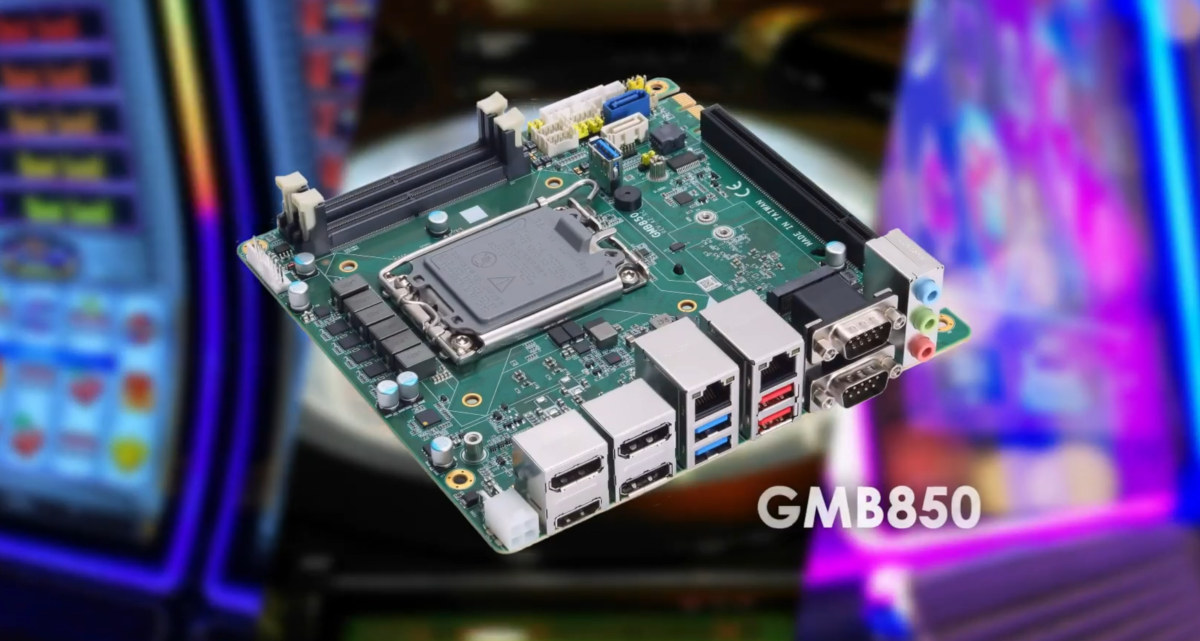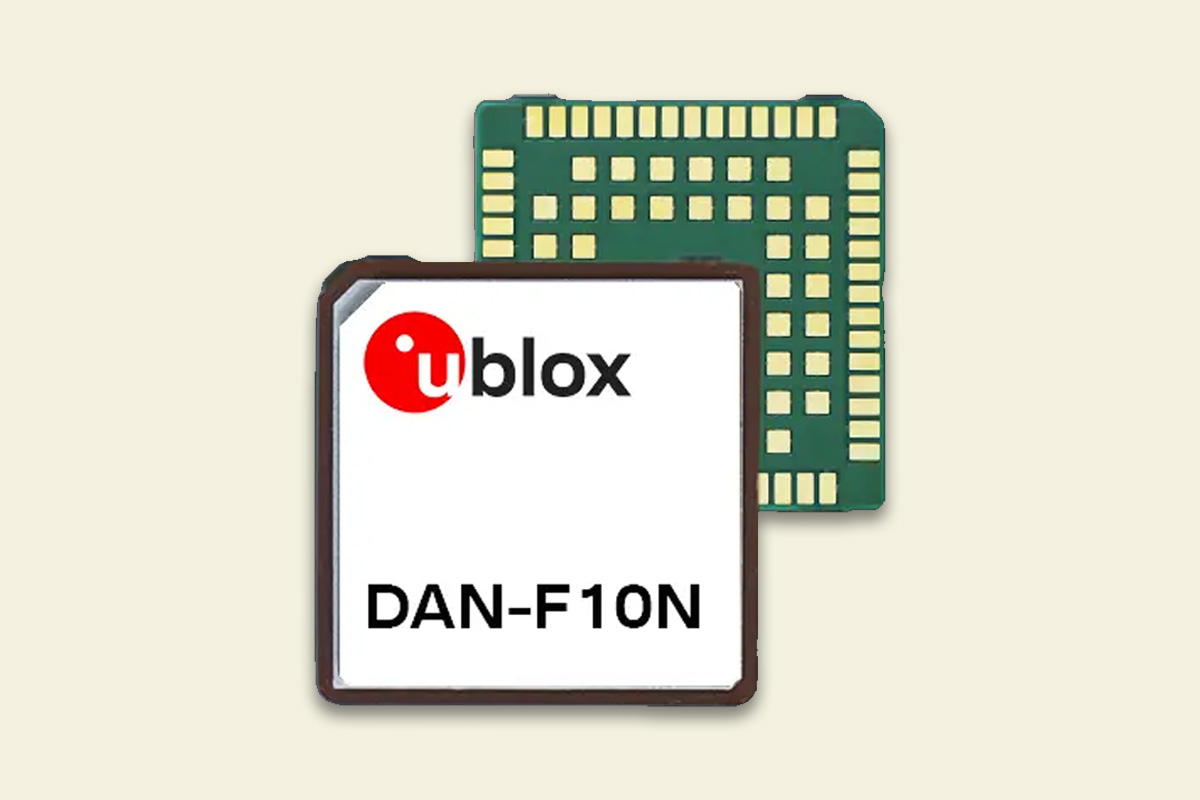IBASE EC3100 is a fanless edge AI computer powered by NVIDIA Jetson Orin NX or Orin Nano module with up to six GbE ports, including four with PoE for cameras, a wide 9V to 36V DC input, and a -20°C to 70°C temperature range for industrial environments. The EC3100 is equipped with a choice of modules from the Jetson Orin Nano 4GB up to the Jetson Orin NX 16GB, delivering a maximum of 157 TOPS of AI performance. The embedded system also features an HDMI 2.1 video output, audio input and output jacks, optional WiFi and/or 4G LTE/5G cellular connectivity, RS232 and CAN Bus DB9 connectors, and several digital inputs and outputs. EC3100 specifications: System-on-Module (one or the other) EC3100-NANO-4 – NVIDIA Jetson Orin Nano 4GB with 8-core Arm Cortex-A78AE CPU @ 1.5 GHz, 512-core NVIDIA Ampere architecture GPU with 16 Tensor Cores; 34 TOPS max EC3100-NANO-8 – NVIDIA Jetson […]
Renesas RA0E2 low-cost, low-power Arm Cortex-M23 MCU operates in extended temperature range (-40°C to +125°C)
Renesas RA0E2 is a low-power, low-cost Arm Cortex-M23 microcontroller (MCU) Group part of the RA0 family introduced in 2024 that can operate in an extended temperature range (-40°C to +125°C) and offers a wide variety of peripheral functions and safety features. It follows the RA0E1 devices – the first member of the RA0 family – designed for consumer electronics, household appliances, power tools, industrial monitoring, and other applications, including battery-powered devices. The new RA0E2 MCUs offer both software and pin-to-pin compatibility (for 32-pin SKUs) with RA0E1 devices, but the new family adds more memory and storage with up to 16KB SRAM, 128KB code flash, and 2KB data flash. The RA0E2 also features more I/Os with 32-pin to 64-bit packages, instead of 16-pin to 32-pin packages. Renesas RA0E2 specifications: MCU Core – Arm Cortex-M23 Armv8-M Core up to 32MHz Memory and Storage 16KB SRAM Code Flash – Up to 128KB Data […]
Boardcon EM1103B AIoT SBC for video surveillance applications features PIR sensor, fingerprint interface, and dual camera support
Boardcon EM1103B is an AIoT SBC powered by a Rockchip RV1103B SoC designed for surveillance applications with dual camera, fingerprint, and a PIR sensor. This unique combination makes it suitable for vision-based applications such as smart cameras, doorbells, and battery-powered surveillance devices. The SBC consists of a compact core board that mounts to a large baseboard, which gives access to all the necessary I/O modules and also provides power. The SBC together features 100 Mbps Ethernet, Wi-Fi, USB 2.0 OTG, UART, GPIO, and interfaces for speakers, microphones, fingerprint sensors, and PIR motion sensors. It also features PoE (5V) support and expandable storage via microSD. Additionally, it integrates two MIPI CSI camera interfaces mad the RV1103B’s 8MP hardware ISP with enables advanced image processing features such as HDR, 3A (AE/AF/AWB), and 3DNR. The chip also supports H.264/H.265 video encoding for local and cloud streaming. Boardcon EM1103B specifications: Core Board – Boardcon […]
Preparing IoT Security for the Quantum Computing Era
CNXSoft: This is a guest post by Avishay Shraga, Sr. Director (CTO), Head of Security Technologies at Sony Semiconductor Israel, discussing IoT security as quantum computing draws near. The key to modern asymmetric cryptography is to create an equation that is easy to solve in one direction but difficult to reverse by an adversary in the other direction. Traditionally, this was done through modular arithmetic, where a large prime modulus and a generator were used to generate a key, although there are multiple methods to do so. The strength of this one-way function is measured by the time and computing power needed to reverse it. ECC 256, considered by many to be one of the gold standards in modern cryptography, would take millions of years to crack using current computing and capabilities. Today’s encryption standards are more than adequate in securing real-time and historical data in IoT devices. However, as […]
Flipper Blackhat is a Flipper Zero dual-band Wi-Fi card with an Allwinner A33 processor
Developed by Rootkit Labs in Switzerland, the Flipper Blackhat is an open-source Allwinner A33-based Flipper Zero dual-band Wi-Fi card running Linux and designed for penetration testing, cybersecurity research, and wireless network analysis. Built around an Allwinner A33 quad-core 1.5GHz processor, it comes with 1GB RAM, and an onboard 2.4GHz WiFi radio (RTL8723DS), with additional connectivity via two USB-A ports and one USB-C (FTDI-connected). The package also includes a 5GHz USB WiFi dongle (RTL8821CU) and a WiFi antenna for the built-in radio but requires an SD card and Flipper device separately. Flipper Blackhat Specifications: SoC – Allwinner A33 CPU – Quad-core Arm Cortex-A7 processor GPU – Arm Mali-400 MP2 VPU – 1080p60 H.264, VP8, MPEG 1/2/4, JPEG/MJPEG video decoding 1080p60 H.264 video encoding Memory – 1GB RAM Storage – SD Card slot Wireless Connectivity Realtek RTL8723DS 2.4 GHz Wi-Fi Includes Realtek RTL8821CU 5 GHz USB Wi-Fi dongle Supports additional third-party Wi-Fi […]
Axiomtek GMB850 Raptor Lake Refresh mini-ITX motherboard GMB850 is made for casino gaming machines
Axiomtek GMB850 is a mini-ITX motherboard powered by up to 14th Gen Intel Raptor Lake-Refresh processors and designed for casino gaming machines requiring advanced features like gaming analytics, real-time player interaction systems, and dynamic content management. While mini-ITX motherboards may serve multiple markets, there’s a specific market for casino and arcade gaming often using AMD processors. We’ve previously covered such boards in the past with the AMD Ryzen Embedded V2000-powered Sapphire FS-FP6 or the AMD Ryzen Embedded V1000/R1000-based Axiomtek GMB140. Axiomtek Gaming’s GMB850 is a more powerful update with Intel Raptor Lake Refresh processors supporting up to four independent displays with up to 4K resolution and gaming I/O modules making it suitable for casino slot machines, electronic table games, and video walls. Axiomtek GMB850 specifications: SoC – LGA1700 socket for 12th/13th/14th Gen. Intel Core i9/i7/i5/i3/Pentium/Celeron “Alder Lake-S” or “Raptor Lake-S” processor System Memory – Up to 64GB DDR5 4800 MHz […]
u-blox DAN-F10N – The world’s smallest dual-band (L1/L5) GNSS module with an integrated patch antenna fits in a 4cm2 package
u-blox has recently announced the world’s smallest L1, L5 dual-band GNSS module with an integrated patch antenna for precise meter-level positioning in applications such as asset tracking, telematics, industrial automation, consumer UAVs, and sports trackers. The module features a compact 20x20x8mm dual-band patch antenna with a unique packaging technology, enabling surface mounting for automated manufacturing and simplified integration. Its SAW-LNA-SAW RF architecture and an LTE B13 notch filter in the L1 RF path enhance out-of-band jamming immunity, ensuring smooth operation near cellular modems. The module includes internal flash memory for firmware upgrades and supports an antenna switch function for operation with an external active GNSS antenna. DAN-F10N GNSS module specifications: Storage – Internal Flash for firmware GNSS receiver u-blox F10 engine GPS: L1 C/A, L5 QZSS: L1C/A, L1S, L1Sb, L5 Galileo: E1B/C, E5a BeiDou: B1C, B2a NavIC: L5 SBAS: L1 C/A, BDSBAS B1C Communication protocol NMEA UBX binary RTCM v. […]
IMDT V2N Renesas RZ/V2N SoM powers Edge AI SBC with HDMI, MIPI DSI, dual GbE, WiFi 4, and more
IMD Technologies has recently introduced the IMDT V2N SoM based on the newly launched Renesas RZ/V2N low-power AI MPU and its SBC carrier board designed for robotics, smart cities, industrial automation, and IoT applications. The SoM ships with 8GB RAM and 32GB eMMC flash, and supports various interfaces through B2B connectors including two 4-lane MIPI CSI-2 interfaces, a MIPI DSI display interface, and more. The SBC supports MIPI DSI or HDMI video output, dual GbE, WiFi 4 and Bluetooth 5.2, as well as expansion capabilities through M.2 sockets. IMDT V2N SBC specifications: IMDT V2N SoM SoC – Renesas RZ/V2N Application Processor – Quad-core Arm Cortex-A55 @ 1.8 GHz (0.9V) / 1.1 GHz (0.8V) L1 cache – 32KB I-cache (with parity) + 32KB D-cache (with ECC) per core L3 cache – 1MB (with ECC, max frequency 1.26 GHz) Neon, FPU, MMU, and cryptographic extension (for security models) Armv8-A architecture System Manager […]


